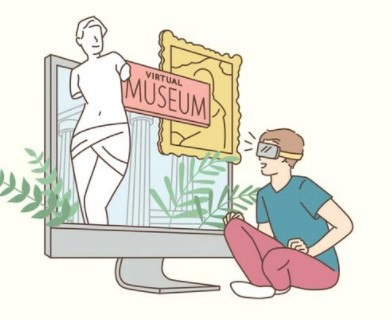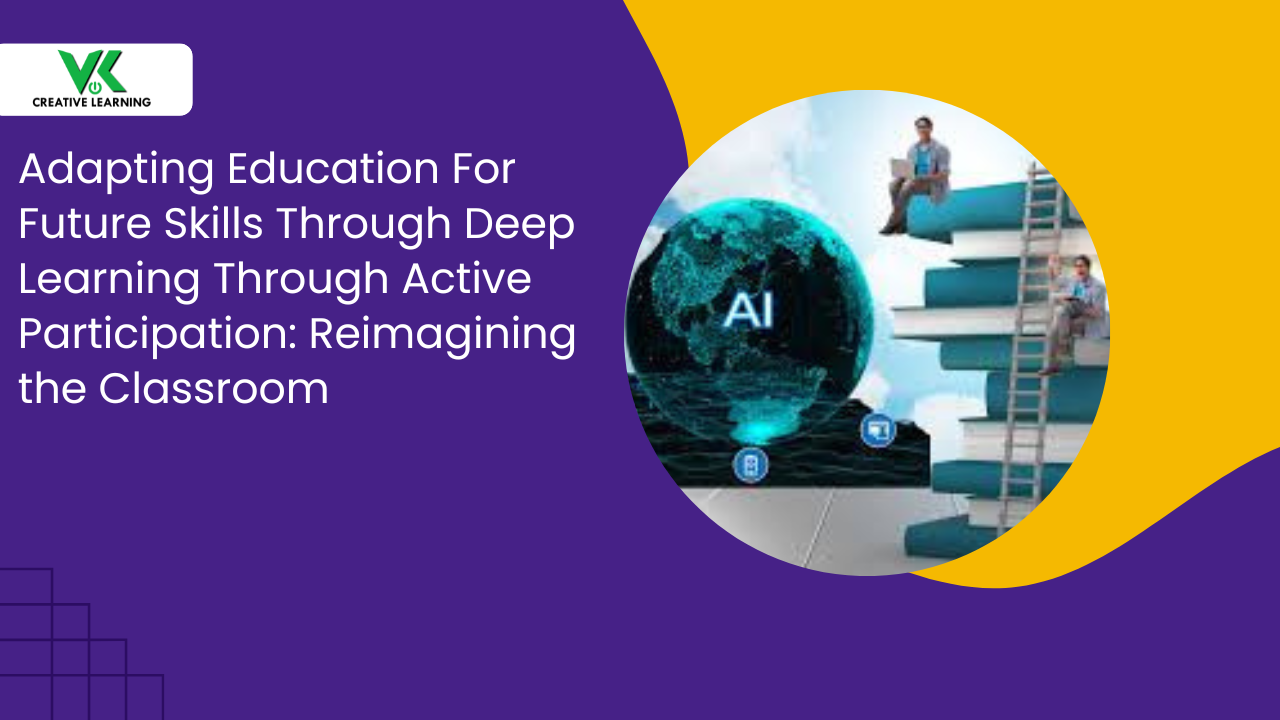Use Of AR and VR Elearning Solution In Education
January 17, 2022
With the release of the latest Augmented Reality (AR) and Virtual Reality (VR) devices by big companies, AR and VR have become popular.
VR and AR have been found to be very effective in education by providing students with a more immersive experience. It can be used in classrooms to share experiences with other students or learn about locations in a country that are not currently accessible.
Virtual reality headsets have been found to be so popular among schools that many of them are already planning on replacing textbooks as they prepare for a new generation of learners who spend most of their time immersed within digital devices.
Augmented Reality (AR) and Virtual Reality (VR)
While Augmented Reality (AR) overlays computer-generated information on real-world items, Virtual Reality (VR) e-learning solutions immerse the student in a virtual world comprised of an environment and things about which he wishes to learn.
Virtual Reality devices are usually headsets and Augmented Reality devices can be a handheld devices such as a mobile or a tablet with an AR application.
What is an AR and VR eLearning solution?
An eLearning solution utilizing AR and VR technologies within it is referred to as an AR and VR eLearning solution.
Why does incorporating AR and VR eLearning solutions make sense?
Before we get into the specifics of how virtual reality in education might assist enhance the learning process, it's vital to first comprehend why we need to include the latest technologies like AR and VR eLearning solutions in the first place. Most learning systems have traditionally tried to provide access to knowledge – facts and insights about the world. Modern search engines make discovering facts a breeze; with only a few clicks, you may obtain answers to a wide range of inquiries.
While information has become more accessible to a greater number of people, the textbook method of teaching has two major flaws:
- Textbooks follow the same formula as before, that is, information retention: The emphasis of teaching techniques is on presenting facts; yet, having access to and digesting a large amount of knowledge is not the same as learning. It is not the same as being educated to be informed.
- Many students find it challenging to absorb a lot of information in less time: Students might quickly get overwhelmed if they are given too much knowledge in a short amount of time. As a consequence, they get bored, disinterested, and often unsure why they are learning about a subject at all.
What makes AR and VR eLearning solutions useful in education?
AR and VR eLearning solutions may be utilized to improve a student’s learning experience. VR education has the potential to revolutionize the way educational information is provided; it works by generating a virtual environment — actual or imaginary — and allowing users to not only view but also interact with and comprehend the environment completely, putting less burden on cognitive senses.
Examples of VR and AR eLearning solutions use in education
Use of VR in education: Virtual reality also has a special power to motivate and engage learners. The virtual reality information may be viewed on VR headsets or projected onto screens to render an immersive experience to the students.
Virtual reality may be utilized in the classroom to educate students about the world around them.
Students may explore places that would be impossible or too costly to see in person. VR may open up a whole new universe of possibilities for teachers and schools in this manner.
Use of AR in education:
1. Augmented reality may help bring scientific designs to life. We can now employ augmented reality to see a tornado up close, allowing students to witness its devastating effects. In order to understand the inner workings of a beehive, students may take an augmented reality tour of a beehive. In this way, they can learn about the bees’ collaborative behavior and how they work together.
Students are no longer limited to just studying what's in front of them - they are now able to go beyond and study anything in real-time through augmented reality and virtual reality.
2. Using AR overlays of the night sky, students may explore the cosmos using an AR app. As a result, anybody may use their mobile device to recognize planets, constellations, satellites, and stars.




